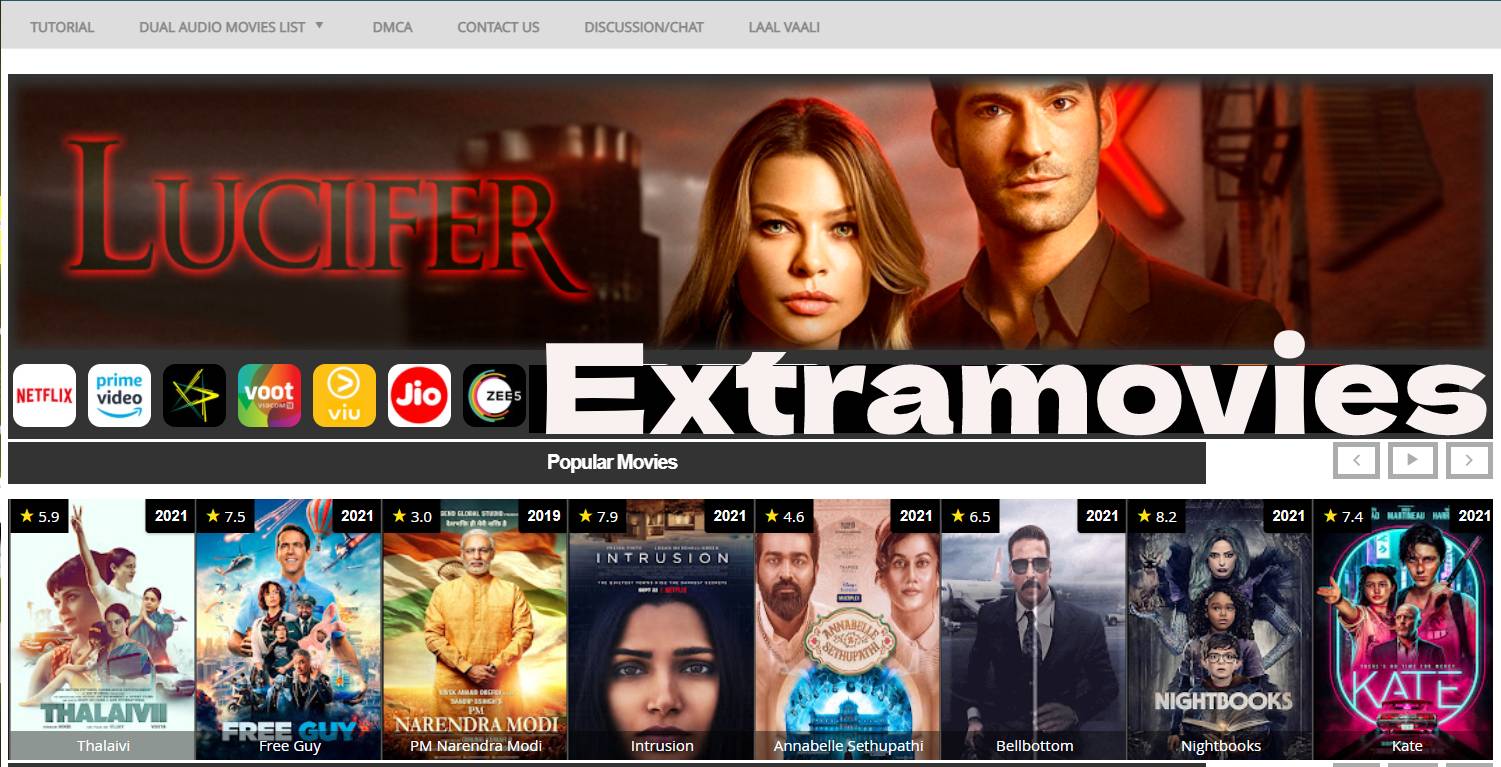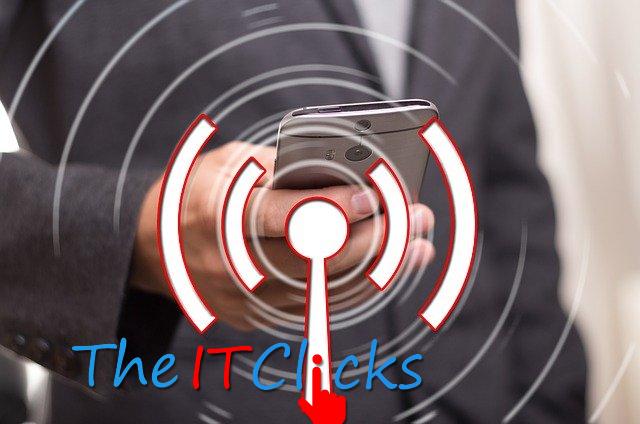What Is Uniswap? A Complete Beginner’s Guide

Uniswap is the main decentralized commercial network that runs on Ethereo.
Most trading sites have central exchanges like Coinbase and cryptos binances. These suggestions governed by one authority (a barter training company), which requires users to release their money under their jurisdiction and given easier trading systems to use.
Trading orders are based on books where purchase and sale orders displayed in the list along with the total amount placed in each order. The store charges an open buying and selling event known as the “farm market”. To make a good trade by using this method, the purchase order must match the selling order on the opposite side of the book with the same amount and transaction price, and vice versa.
For example, if you willing to sell a single bitcoenum (BTC) price for $33,000 on a central price, you will need to ask a customer on the other side of the order book who is looking for a larger price. bitcoin price.
The main problem of this type is a liquid system, which in this context is related to the height and number of orders in any order If liquid is low, traders can buy or sell their orders.
Secondly, think about liquor: Imagine that you have a food stall in the market. If the public market is concerned with stall owners selling goods and purchasing fruits and products, it should considered a “liquid market”. If the market were quiet and buying and selling a little, it is considered “too short”.
Table of Contents
What Is Uniswap?
Uniswap is another form of exchange that is fully detached — which is not owned and operated by a single entity — and uses a relatively new form of trading, which is called a liquid protocol (see below).
Built in 2018 on the Ethereo key platform Uniswap, the world’s second largest machine capital crypto-market that is compatible with all ERC-20 tokens and infrastructures, manages wallet services like MetaMask and MyEther Wallet.
Uniswap is completely open source, where anyone can copy code so that they can create their own decentralized changes. It also allows users to display their tokens for free. Centralized normal exchanges lucrative and impose large fees to open new coins, but this is the only noticeable difference. Because Uniswap decentralized traffic (DEX) also means users can save their money at all times, as opposed to centralized barter, which require merchants to issue their own private keys so that their files can opened in an internal database rather than just a regular. the barrier, which is time-consuming and expensive. Keeping private keys removes the risk of losing assets if the exchange is ever stolen. According to recent figures, Uniswap is the fourth-largest ten economic systems (DeFi) platform and has more than $3 billion of assets locked into its protocol.
How Uniswap Works
Uniswap won two fraudulent agreements; “exchange” contract and “factory” contract. These auto insurance programs designed to perform specific tasks when certain conditions met. In this case, the factory would add new contracts to the platform and facilitate the exchange of all passwords, swaps, or “trades”. Each ERC20-based code is on Uniswap ports.
Automated Liquidity Protocol
Uniswap solves the liquid problem (described in the introduction) by merging the centralized liquid traffic protocol. This exciting job allows people to liquidate trading (LPs), using Uniswap to donate their money together to implement a fund that produces all of the products on the platform. Each button is counted in its own pool, which users can purchase, and the prices of each wallet have devised by a computer using a mathematical algorithm (explained in “How to sign a fixed price” below).
As a result, the buyer or seller must not wait for the contractors to complete the trade. They can also purchase at a fixed price, provided there is enough liquid in a particular tank to facilitate it.
In exchange for their money, each LP receives a token that represents the HAL contribution pool. For example, if you had paid $100,000 for a liquid kosher liquid pool, you would receive a 10% target for that pool. This code can redeemed as part of this Agreement. Uniswap charges users a flat 0.30% fee for all merchandise on the platform and automatically reserves it for liquidity.
Each time the liquidity provider chooses to exit, companies receive a portion of the total amount of resources in the tank. They then announce that the memory of the event had lost.
After the Uniswap v.2 upgrades, a new protocol introduced, which can also turn into a community subsidy and essentially sends 0.05% to 0.30% of Uniswap commercialization to promote future economic development. Currently, this option is back in fees, however, if it ever turns out, LPs will start to receive 0.25% of their trading pool.
How The Information Price Is Determined
Another important element of this system is the value of any password. Instead of booking an order system where the price of each transaction determined by the top buyer and the lowest seller, Uniswap uses an automated system. This option uses a much longer cost management system based on supply and demand mathematical equations. It works by increasing the cash ratio and decreasing the number of coins in each pool.
It’s important to note that whenever someone adds a new ERC-20 code to Uniswap, you need to add a selected ERC-20 code, and you need to add another ERC-20 code to the liquidity pool.
The equation to operate the price of each password is x*y=k, where the sum of the password A is x and the sum of the password B is y. The constant value K, aka the number does not change.
For example, Bob wants to search the sky pool as Uniswap LINK/ETH. Bob adds a large number of LINK to the pool, which increases the LINK type in the pool to the sky. When the value of K remains, the cost of the atmosphere increases while the link cost in the tank decreases. The more LINK Bob sends, the less ether turns as the price increases.
The size of the liquid tank also determines how much the alarm price will change. The more money, sometimes liquid, in a tank, the easier it is to escape free trade.
Arbitrage
Traders are an essential component of Uniswap ecosystems. These dealers make a particular difference in price to detect various changes and use them to obtain a profit. For example, if bitcoin buys Kraken for $35,500 and Binance at $35,450, you can buy a little bit on Binance and sell it in Kraken for easy profit. If in large volumes, it can overcome with great danger.
These arbitrary dealers find standards in Uniswap that buy either above or below the average in their market — because of the imbalances in trade in large-scale trades and at low or low prices — and therefore buy or sell. They do this until he orders the price to repaid by other exchanges, and no further progress.
How To Use Uniswap
Starting from Uniswap is a direct relative, but you need to make sure that you already have an ERC-20 wallet such as MetaMask, WalletConnect, Coinbase wallet, or Fortmatic port.
Once you have one of these wallets, you need to add ether and gas trading solutions to Uniswap – which is called the Etherei Transaction. Gas payments vary in price when using a multi-network. Most ERC-20 compatible wallet services provide you three Etherei solutions in a choice of solutions: slow, medium or fast. The slow option is the cheapest, somewhere between the fast and the most expensive. This determines how quickly your business developed by Ethereum miners.
Uniswap Is UNI Token
The Uniswaps national code known as the UNI regime. This gives holders the right to vote on new developments and changes on the platform, adding features to the community and developers, and any structural changes to the solution. Code One created in September 2020 in an effort to prevent users of SushiSwap from using DEX.
Uniswap responded by creating over 1 billion UNI tokens and decided to distribute 150 million dollars on each platform. UNI received 400 individual units, which at the time exceeded $1,000.









